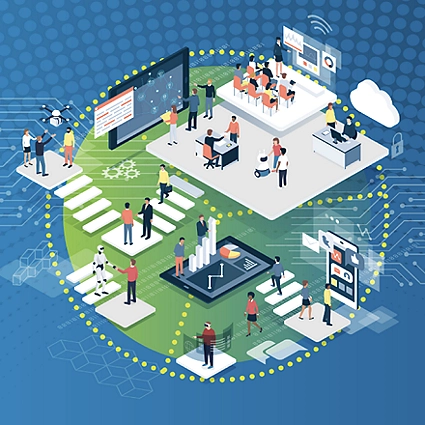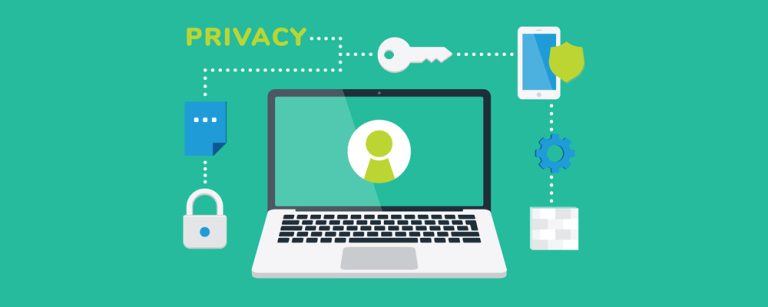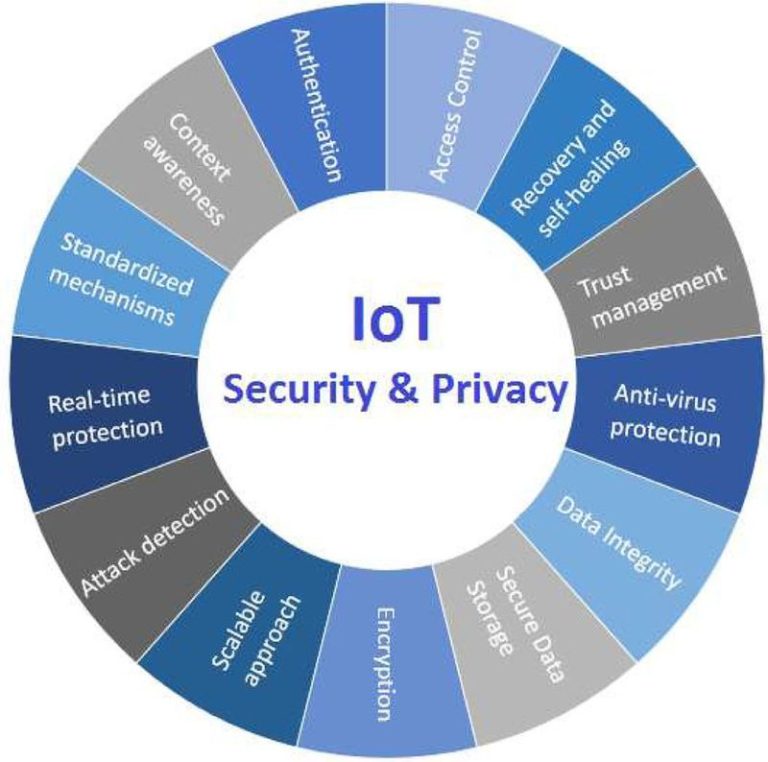Impacts of Digital Technologies on Increasing Workforce Performance
Impacts of Digital Technologies: Today, people use technology all the time. Phones and computers help us every day. At work, in school, or in shops, these tools make jobs easier.This article talks about how digital technology helps workers improve their performance. It explains in very simple words how these tools help in different ways.
Internet can stop, then work stops.
What is Digital Technology?
Impacts of Digital Technologies
Digital Technologies help us work fast and not make mistakes. They also help us talk, plan, and do our jobs more easily.
How Technology Helps in Work
Digital technology helps workers a lot. It saves time, stops mistakes, and helps with planning. Here are some easy points to explain how.
They also help us talk, plan, and do our jobs more easily.
1. Faster Communication
Before, people wrote letters or waited. Now, they use email and calls to talk fast. This helps save time and makes work faster.
2. Easy Sharing of Information
Files, pictures, and documents can be shared in seconds. Workers can send reports, presentations, or plans from one place to another without delay.
3. Better Planning
Tools like calendars and reminders help workers plan their day. They know what to do and when. This improves work performance.
4. Remote Work
Now people can work from home or anywhere using the internet. This is called remote work. It helps workers feel good and do their job. Many say they work better at home.
5. Learning and Training
Digital tools also help in learning. Workers can watch videos, take online classes, or read to learn. They don’t have to go outside. This makes learning quick and easy.
6. Data Collection and Reports
Digital systems collect data and make reports. This helps bosses know what is working and what is not. It helps them make good choices.
How It Helps Different Workplaces
Let’s look at how digital technology helps in different places of work:
Workers can send reports, presentations, or plans from one place to another without delay.
In Offices
People use computers and email to write, talk, and plan. This makes work faster and easier.
In Factories
Computers control machines now. This helps work faster and better. Workers also use apps to check machine status and fix problems quickly.
In Shops
In Shops
Cashiers use machines to scan stuff and take money. It helps them work easy and fast.
In Hospitals
Doctors and nurses use computers to check patients and get medicine. It saves time and helps patients.
Good Things About Digital Tools
Impacts of Digital Technologies
Work is faster.
Fewer mistakes.
Workers talk and work together better.
Workers learn by watching videos.
Before this, workers used paper to write their to-do lists.
Workers can send reports, presentations, or plans from one place to another without delay.
Problems
Looking at screens too long can hurt eyes and back.
Internet can stop, then work stops.
Some people need help to use new tools.
Training can fix these problems.
Example
Before, workers used paper and forgot things. Now they use computers to see tasks. It helps them finish work fast. Before this, workers used paper to write their to-do lists. Things were often missed or forgotten.
But with the new software, everyone can see their tasks on screen. The manager can assign jobs, and workers can update their progress. Now, the team finishes work faster and more easily.
This shows how one small digital tool can make a big difference.
Future of Digital Technology at Work
In the future, digital tools will become even better. New machines, better apps, and smart systems will help workers more. Robots may do some hard jobs. AI helps plan and decide.
They also help us talk, plan, and do our jobs more easily.
The goal is to make work easy and fast for all.
Conclusion
Impacts of Digital Technologies
They also help us talk, plan, and do our jobs more easily.
Digital technology changed how we work. It helps us work fast and make fewer mistakes. It helps us talk, learn, and do jobs better. With help, everyone can use these tools to work better. In the future, they will help even more. So, we should keep learning to use them.






